ADVERTISEMENT
Associated Press RALEIGH, N.C. (AP) — A judge denied a preliminary injunction Tuesday sought by four college football players who had sued to gain an additional season of eligibility. Judge Matthew Houston said the evidence was “not sufficient” while ruling from the bench following a three-hour hearing in North Carolina Business Court. That came in […]
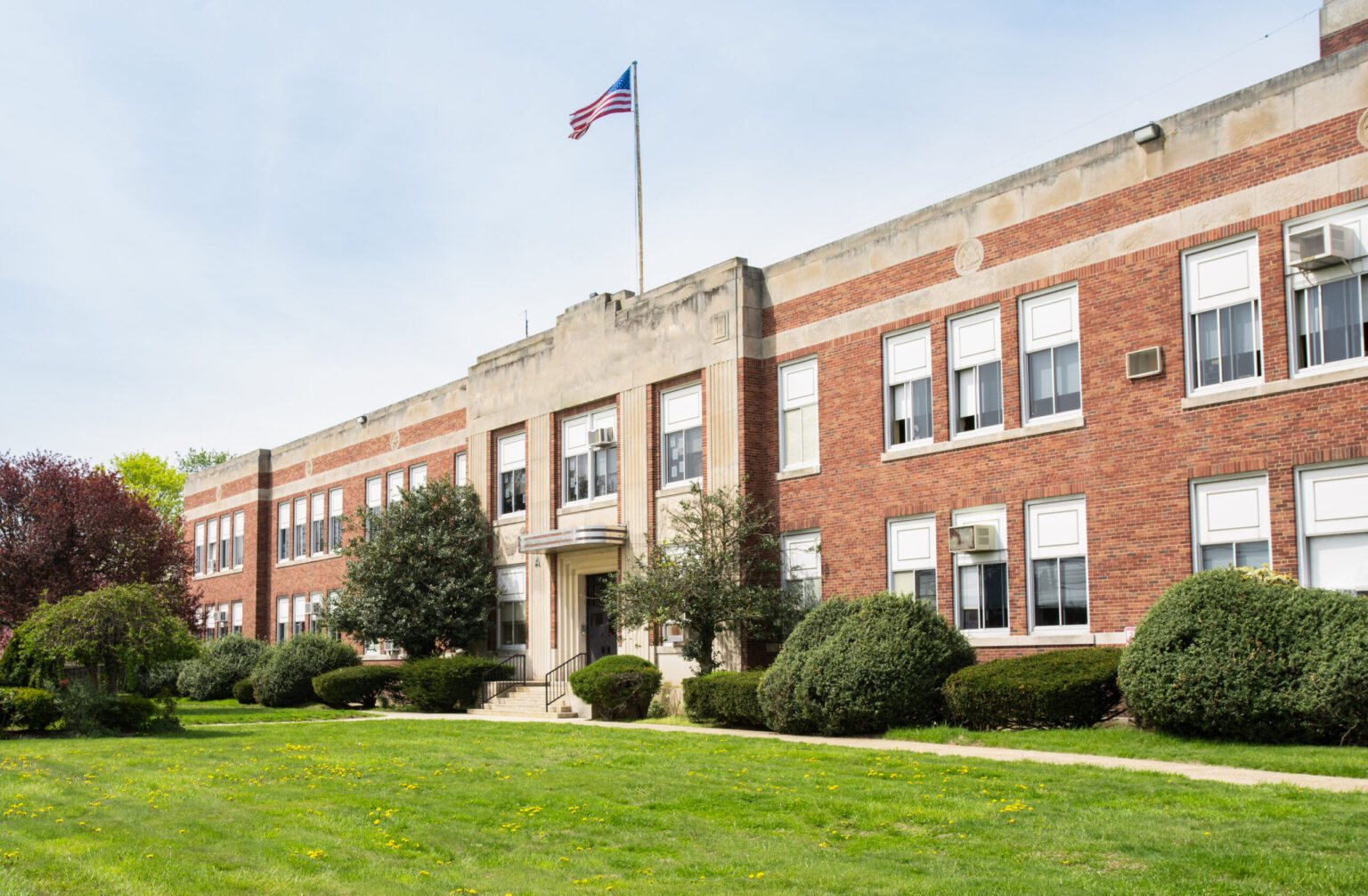

Associated Press
RALEIGH, N.C. (AP) — A judge denied a preliminary injunction Tuesday sought by four college football players who had sued to gain an additional season of eligibility.
Judge Matthew Houston said the evidence was “not sufficient” while ruling from the bench following a three-hour hearing in North Carolina Business Court. That came in response to similar lawsuits filed by former Duke football players Ryan Smith and Tre’Shon Devones, as well as another from former Duke player Cam Bergeron and ex-North Carolina player J.J. Jones. The hearing involved all four players.
Their complaints sought to prevent the NCAA from following its longstanding policy of having athletes complete four years of eligibility within a five-year window.
Attorneys for the players argued they warranted an additional year because of circumstances presented in the filings, which had claimed their careers were derailed by injuries, ailments and personal difficulties. The athletes claimed the loss of potential earnings — $100,000 to $500,000 — stem from rules that now allow athletes to profit from using their name, image and likeness (NIL).
ADVERTISEMENT
Smith and Devones had competed in five seasons, while Bergeron and Jones participated in four seasons across a four-year period.
Robert Boland, an attorney for the players, argued that the current eligibility structure serves no practical purpose and that an injunction would do little harm to the NCAA.
The NCAA denied a waiver for the three Duke players in a decision passed along Monday. Jones’ waiver request is pending after the NCAA requested more information.
In court, their attorneys challenged the NCAA’s five-year eligibility window. Because athletes didn’t use a season of eligibility during the 2020-21 school year and the possibility that the NCAA adjusts its eligibility rules allowing for five years of competition, the lawyers said that Bergeron and Jones were in a disadvantaged group.
“They will be of a lost generation,” attorney Diana Florence said.
The players’ attorneys stressed the importance of urgency in a ruling because the NFL draft will be held later this week. Undrafted players are likely to agree to pro contracts by the end of the weekend, and that would effectively make them ineligible to play again collegiately.
All four players declined interviews outside the courtroom.
These lawsuits come amid relaxation of NCAA rules that have allowed for free player movement through the transfer portal in addition to income opportunities to profit through NIL. Those factors have led to some athletes seeking to stay for additional college seasons. The COVID-19 pandemic led to college athletes receiving an additional year of eligibility if they anticipated playing in the 2020-21 academic year, but those opportunities largely expired with the 2024-25 season.
In recent days, numerous basketball players who’ve exhausted eligibility have requested to enter the transfer portal in what have been described as attempts to be in line should eligibility rules become altered.
___
Get poll alerts and updates on the AP Top 25 throughout the season. Sign up here. AP college football: https://apnews.com/hub/ap-top-25-college-football-poll and https://apnews.com/hub/college-football
recommended
College football has a problem. At least some think it does. NIL is giving the kids too much money. The Transfer Portal has ruined loyalty among the kids today. You don’t have to scroll far on Twitter, “X”, or your favorite message board to hear the complaints. So, what can be done? President Trump has […]
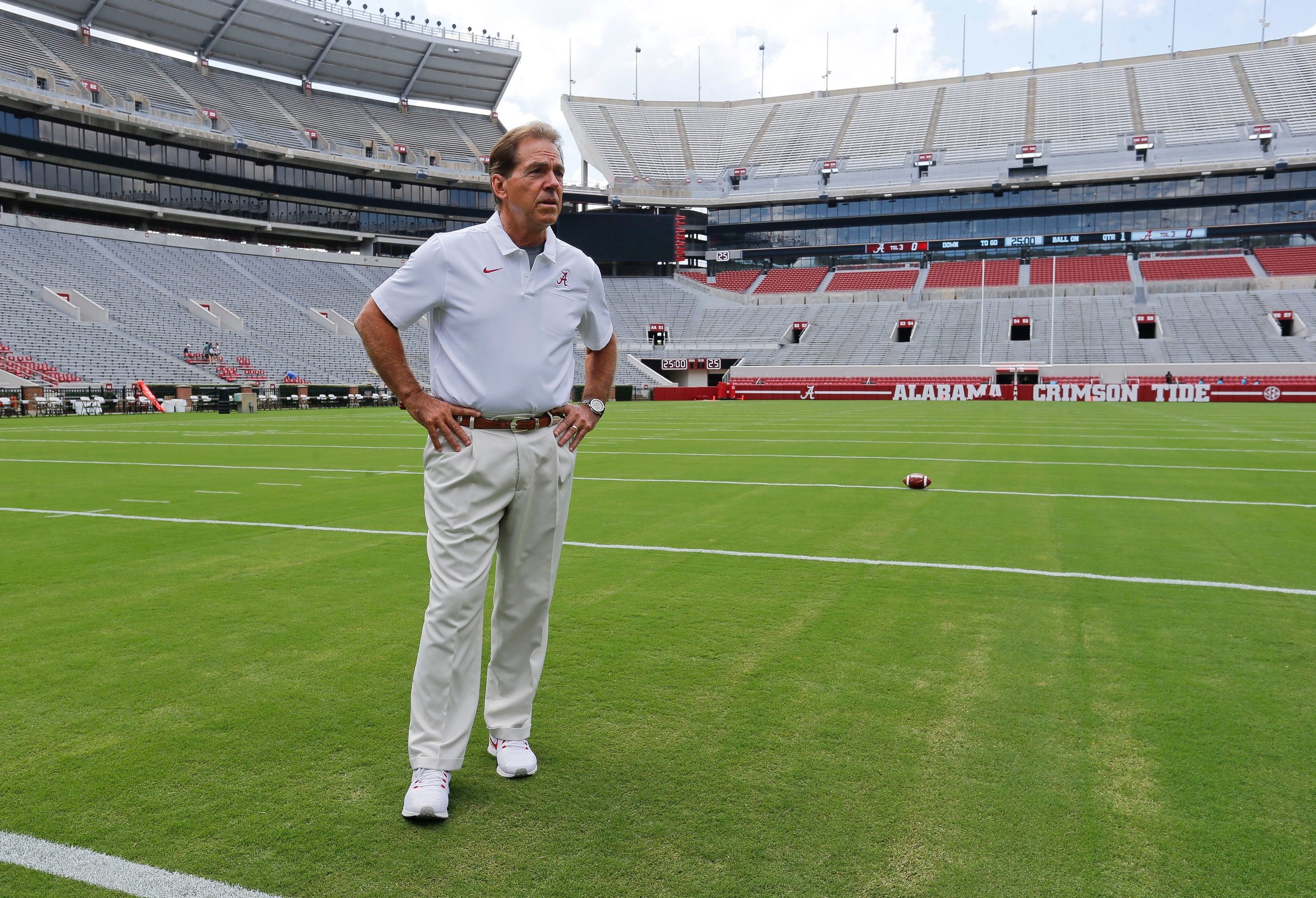
College football has a problem. At least some think it does. NIL is giving the kids too much money. The Transfer Portal has ruined loyalty among the kids today. You don’t have to scroll far on Twitter, “X”, or your favorite message board to hear the complaints. So, what can be done? President Trump has decided to step in to “rescue” college sports. He has tapped one of the most prominent names in college football to help lead it: Nick Saban. Can the President’s Nick Saban Commission fix it, or are we kidding ourselves?
President Trump was in Tuscaloosa two weeks ago to give the commencement address at the University of Alabama. During his visit, he visited with Tuscaloosa’s head of state, Nick Saban. According to reports by Yahoo’s Ross Dellenger, the two men talked about the state of college football and what needs to be done to “fix” its problems. Once Trump returned to Washington, D.C., he began working on creating the Saban Commission to fix college football’s problems. Saban and Texas Tech Booster extraordinaire Cody Camble would head up the committee.
The Saban Commission will reportedly be tasked with trying to “fix” some of the problems surrounding football. Here is a high-level overview of the four main issues from sources close to the White House. We’ve also included some juicy sound bites from some of the voices of college football related to each problem.

Transfer Portal & Player Movement
College athletes switch schools more frequently, making it harder for teams to build chemistry and stability. Critics say it’s starting to feel more like professional free agency than college sports.
“It’s free agency without contracts. That’s what we’re dealing with.” — Lane Kiffin, Ole Miss Head Coach
“We’ve created a system where players leave not because of playing time but because someone else gave them a better deal. That’s not college athletics.”— Dabo Swinney, Clemson Head Coach
Booster Compensation & NIL
Athletes can earn money through endorsements, but wealthy boosters use NIL as a loophole to pay athletes to attend certain schools. With few regulations, this has created a chaotic and unequal system.
“The NCAA said NIL wasn’t supposed to be pay-for-play. That’s exactly what it has become.” — Nick Saban, Former Alabama Head Coach
“It’s not NIL anymore, it’s just ‘pay to come play here.’ If we don’t regulate this, we’ll lose what makes college football special.” — Kirk Herbstreit, ESPN Analyst
College Athlete Employment & Title IX
There’s increasing pressure to classify athletes as employees and give them a share of revenue. However, this creates financial and legal challenges, especially regarding Title IX, which requires gender equity in college sports.
“If we go the employee route, we’ll have to cut sports. That’s not a threat. That’s math.” — Jack Swarbrick, Notre Dame Athletic Director
Olympic Sports, Conference Realignment & TV Deals
Football and TV money drive schools to change conferences and chase bigger media deals. This risks Olympic and non-revenue sports and disrupts long-standing rivalries and regional traditions.
“The Olympic sports will suffer if we only chase football money. We need to protect the full college athletics model.”
— Greg Sankey, SEC Commissioner“These TV-driven realignments are tearing apart regional rivalries and traditions. What are we really building here?”— Pat McAfee, ESPN Analyst and former player
In pure Washington, D.C. fashion, the Saban Commission is over before it started. Saban went on Finebaum, the SEC’s head-of-state, this week. During the interview, Saban put the committee pretty much on ice. First, he pleaded the 5th and told Finebaum that the details of the committee were still fuzzy, and he doubted that it really needed to exist. “I don’t know much about the commission, first of all.” Saban said. Second of all, I don’t think we really need a commission.” Saban further said that even if there is a problem, he would much rather take on the helper role than be the fixer. “I don’t think I should be the tip of the spear…I would just like to help anyone who seeks to fix it.”
College football is changing and evolving at a rapid pace. Far faster and more extreme than most fans may be comfortable with. The challenge is seeing what “can” or “should” be done about the issues. The issues are probably beyond a Presidential commission. Saban should have a voice, but from the sounds of it, he does not want to be the only or at least the most prominent one. We are not putting the genie back in the bottle. NIL/revenue sharing is here to stay. It may be called other things, but that money will not move or leave. Too many boosters and state representatives aren’t willing to see State U struggle or be forced to step back. The Transfer Portal is problematic, but putting in restrictions will be tough. We are more likely to see contractual obligations help in the rapid and seemingly continuous movement we have seen.
With all of this, let’s remember. There is a reason we love this game. Maybe we grew up going to the games. Perhaps we met our sweethearts in the student section. Whatever it is, there is a bond that brings us back each fall. So no matter how bad it may seem or how the sky may be seemingly falling, it’s important to breathe. College football is now less than 100 days away. Don’t fall for the clicks. We don’t need the Saban Commission. We need to make sure we have our tickets and tailgate snacks ready.
Main Image: Gary Cosby Jr.
Former Ohio State and Pittsburgh Steelers linebacker Ryan Shazier is sounding the alarm about what college football might be losing in the process. During a candid conversation with fellow former Steeler Arthur Moats on his podcast, Shazier didn’t mince words about the sport’s evolving culture. The former first-round NFL draft pick, who saw his playing […]

Former Ohio State and Pittsburgh Steelers linebacker Ryan Shazier is sounding the alarm about what college football might be losing in the process. During a candid conversation with fellow former Steeler Arthur Moats on his podcast, Shazier didn’t mince words about the sport’s evolving culture.
The former first-round NFL draft pick, who saw his playing career cut short by a devastating spinal injury in 2017, expressed both support for players getting paid and concern that the focus on financial gain is eroding what once made college football special. As NIL collectives drive over 80% of the booming market, Shazier’s perspective offers a rare glimpse into how veterans of the pre-NIL era view the transformation.

In the podcast discussion, Shazier acknowledged the obvious benefits of NIL that he missed as a college athlete. “I wish I had NIL,” he admitted candidly. “Hey, you might would have stayed a little longer, maybe,” suggested Moats.
Despite supporting financial opportunities for players, Shazier expressed concerns about how the current system affects athlete motivation. “It’s like guys are so focused on like their money now and not just the love of the game. It’s not as many guys in my opinion that love ball as much as we did.”
Shazier contrasted this with his own mindset during his playing days: “When I used to play, I used like bro, the money going to come, bro. If I do what I’m supposed to do, If you the best, if you top five in your position, you going to be paid top five.”
Beyond NIL itself, Shazier took issue with how the transfer portal has created a constant leverage game among players. “The one thing I don’t like though for real is, just the transfer aspect of it because guys can just constantly leverage what somebody else is giving them.”
While acknowledging that leveraging offers makes business sense, Shazier questioned its educational value: “So to me, like in business, it’s nice to leverage, but just to leverage every year just in business and life, it doesn’t really teach you much. It doesn’t really allow. You don’t build a relationship.”
While strongly supporting player compensation, Shazier pushed back against standardized payment models. “I do feel that everybody should get paid. I do feel like everybody should get the most they can get, right? But when you get player unions and things like that as well, that’s when everybody think everybody should get the same amount.”
KEEP READING: College Football’s 16-Team Playoff Plan Sparks Outrage—Why Experts Say It Could Break the Sport
As the college football landscape continues transforming with direct revenue sharing expected to begin in July 2025, Shazier’s concerns highlight an important balance that financial empowerment is long overdue but preserving the sport’s core values such as passion, relationship-building and love of the game, remains essential for college football’s future.
College Sports Network has you covered with the latest news, analysis, insights, and trending stories in football, men’s basketball, women’s basketball, and baseball!
Share Tweet Share Share Email While it’s no secret that college football’s current NIL landscape has become a nightmare, one former Big 12 team received the brunt of the backlash in a recent speech from an Alabama senator. Former college football coach turned Senator, Tommy Tuberville, recently spoke with CBS Sports about issues in the […]

While it’s no secret that college football’s current NIL landscape has become a nightmare, one former Big 12 team received the brunt of the backlash in a recent speech from an Alabama senator.
Former college football coach turned Senator, Tommy Tuberville, recently spoke with CBS Sports about issues in the NIL space and highlighted the Texas Longhorns as a problem area.
“You’re going to eliminate 90 percent of schools because they don’t have the money,” Tuberville said. “Look at Texas. Nobody’s ever going to beat them again if we allow them to keep going the way they’re going. Again, I’ve got nothing against Texas; they’re going by the rules, but we’ve got to hopefully make it work out.”
While things appear to be a bit complicated when it comes to “solving” issues in college sports, President Donald Trump has put together a college football commission intending to come up with a solution to the NIL wave.
The pairing to do so revolves around another former head coach, Nick Saban, and Texas Tech mega-booster Cody Campbell. While Saban slowplayed the idea initially, things appear to be moving in a positive direction as 247Sports’ Brandon Marcello noted that the pair met and are excited about working together on the future of the sport.
Tuberville finished his thoughts by saying, “Let’s put a group of people together and give me your best shot, and then after that, see what we can do.”
The impending House v. NCAA settlement made for one of the craziest offseasons in the transfer portal era of college football. 30 total players and 16 scholarship players with eligibility remaining left the Gophers’ roster, so where did they all end up? Player Position New school Craig McDonald DB Utah State Sieh Bangura RB Ohio […]


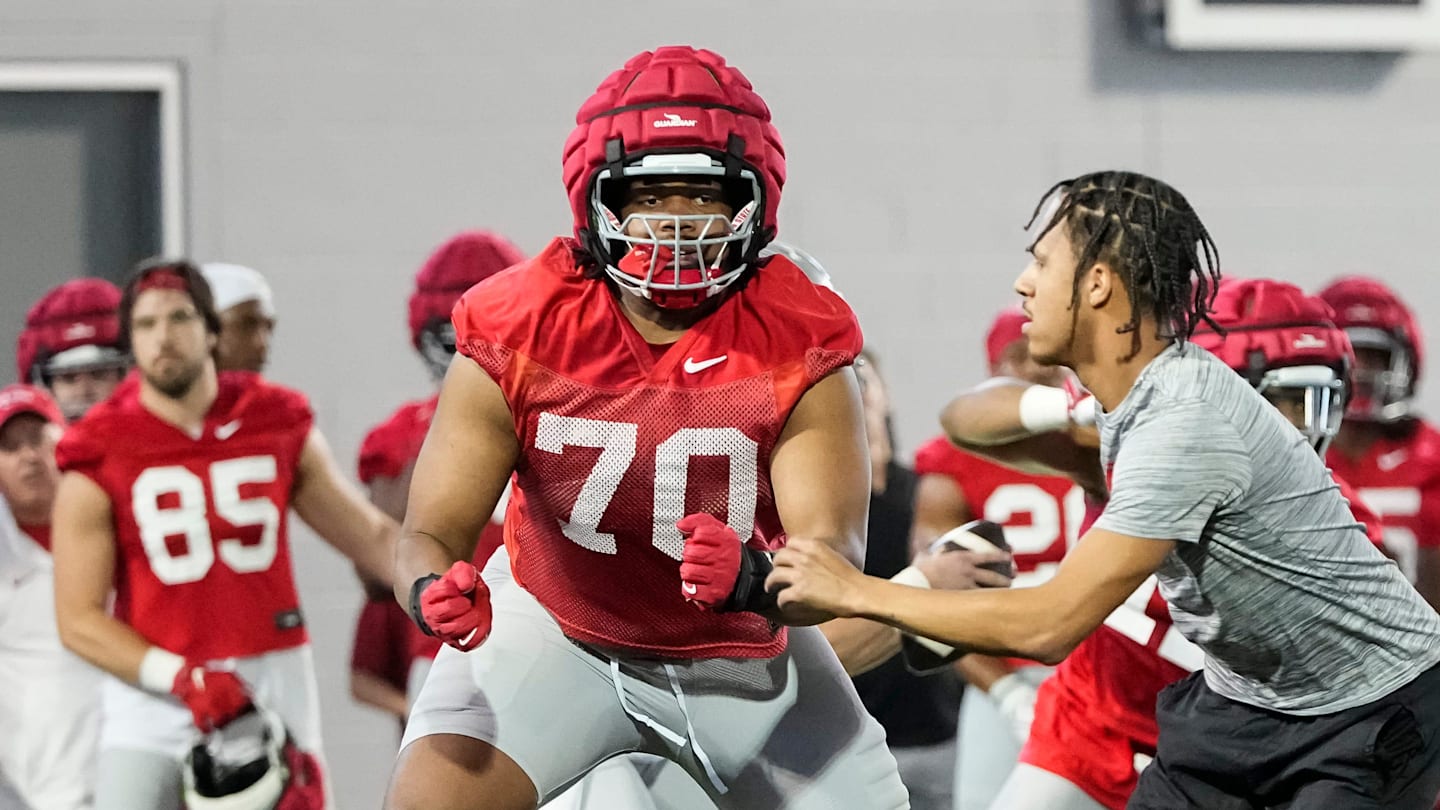
The impending House v. NCAA settlement made for one of the craziest offseasons in the transfer portal era of college football. 30 total players and 16 scholarship players with eligibility remaining left the Gophers’ roster, so where did they all end up?
|
Player |
Position |
New school |
|---|---|---|
|
Craig McDonald |
DB |
Utah State |
|
Sieh Bangura |
RB |
Ohio |
|
Jordan Nubin (walk-on) |
RB |
Kent State |
|
Hayden Schwartz |
DE |
|
|
Luther McCoy |
DT |
Hawaii |
|
Jordan Greenhow (walk-on) |
DB |
Valparaiso |
|
Ryan Algrim (walk-on) |
LS |
Southern Illinois |
|
Jack Hawkinson (walk-on) |
DE |
MSU Mankato |
|
Tyler Stolsky (walk-on) |
LB |
Florida Atlantic |
|
Zander Rockow |
LB/RB |
St. Thomas |
|
Phillip Daniels |
OT |
Ohio State |
|
Kristen Hoskins |
WR |
North Dakota |
|
T.J. McWilliams |
WR |
Louisville |
|
Jackson Powers (walk-on) |
DB |
South Dakota State |
|
Martin Owusu |
DL |
Fresno State |
|
Coleman Bryson |
DB |
North Carolina |
|
Martes Lewis |
OT |
Northwestern |
|
Nathan Jones |
TE |
Abilene Christian |
|
Oberhiri Eyafe (walk-on) |
DB |
|
|
David Amaliri |
LB |
|
|
Chris Flowers (walk-on) |
DB |
|
|
Jack Tinnen (walk-on) |
LB |
*retired |
|
Zach Pyron |
QB |
South Alabama |
|
Jaydon Wright |
RB |
Louisiana Monroe |
|
Cade Conzemius (walk-on) |
WR |
*retired |
|
Cortez LeGrant Jr. (walk-on) |
RB |
North Dakota State |
|
Kaeden Johnson (walk-on) |
RB |
|
|
Jeremiah Finaly (walk-on) |
QB |
|
|
Alex Elliot |
LB |
North Dakota State |
|
Tyler Williams |
WR |
South Florida |
Roster sizes were hard capped at 105 this offseason, which prompted the most roster movement in the history of the sport. There’s a good chance we never see this many players leave the Gophers program, as long as P.J. Fleck remains the head coach.
Phillip Daniels to Ohio State, Coleman Bryson to North Carolina, T.J. McWilliams to Louisville and Martes Lewis to Northwestern were the only four transfers to remain at the power conference level. There were only nine more to remain at the FBS level. 17 of the Gophers’ transfers dropped down to FCS, haven’t committed to a new school, or retired from the sport altogether.
Fleck and his staff did an effective job upgrading Minnesota’s roster with 21 transfer portal additions since the end of the 2024 season.
When former Alabama Crimson Tide head coach Nick Saban hung up the whistle after the 2023 season, numerous folks speculated that a big part of the reason was a dislike of the system in college football surrounding Name, Image, and Likeness. It make sense given the fact that Saban — arguably the best coach in […]
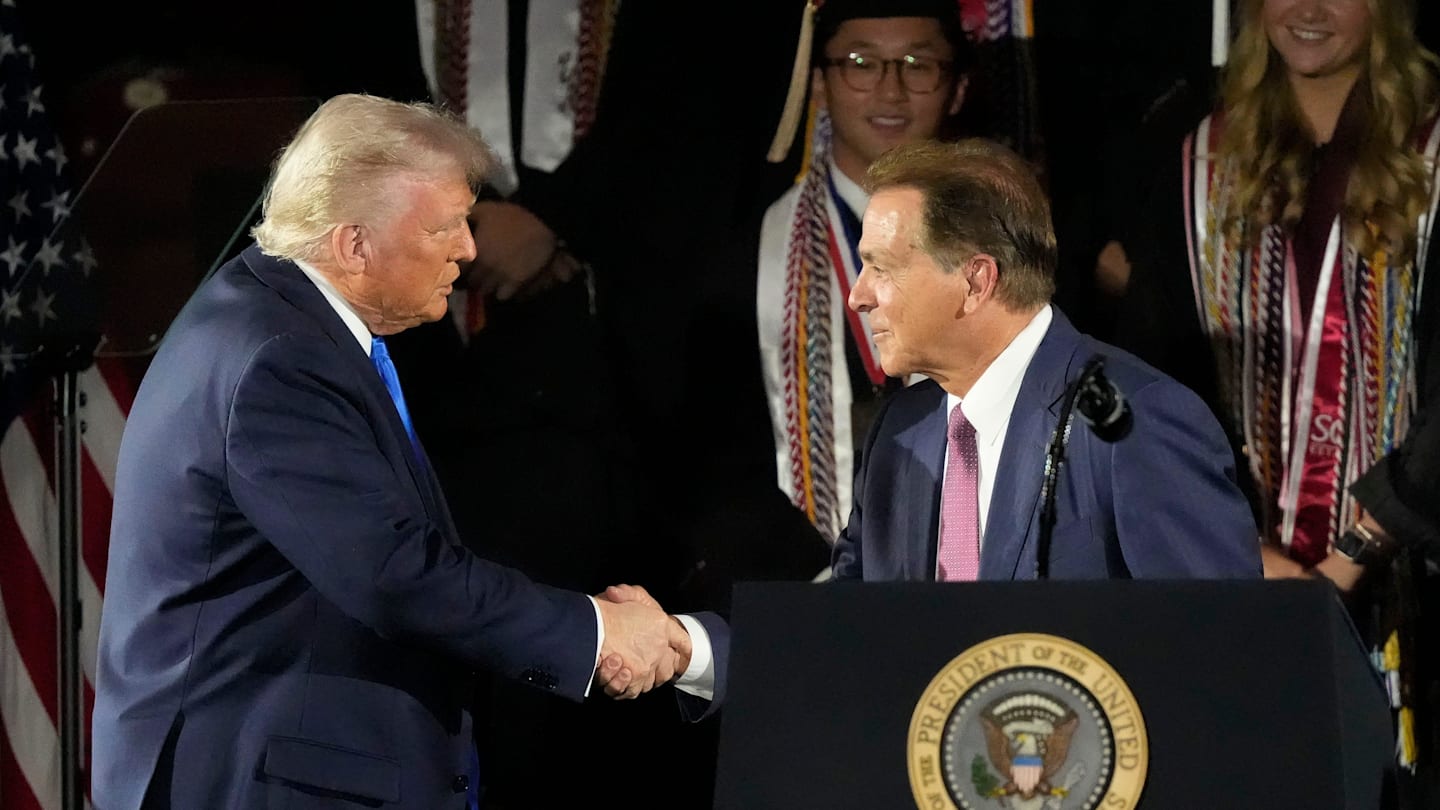
When former Alabama Crimson Tide head coach Nick Saban hung up the whistle after the 2023 season, numerous folks speculated that a big part of the reason was a dislike of the system in college football surrounding Name, Image, and Likeness.
It make sense given the fact that Saban — arguably the best coach in the history of the sport — has only done it one way for the better part of five decades.
Though he did a decent job of adapting, he clearly did not like the direction the sport was heading in and decided getting out was in his best interest.
Since then, he has stayed busy with numerous TV gigs and media opportunities, however the most notable thing he has done is speaking out in support of helping the future of college football.
Players getting paid is clearly part of the equation moving forward, and Saban has argued for reforming the system to simply make them professionals.
The rhetoric surrounding the legendary head coach getting involved in some sort of role to help the sport navigate through this era of chaos ramped up in the last couple of weeks as speculation has grown surrounding presidential intervention.
After President Donald Trump made an appearance at the University of Alabama campus for a commencement speech and was introduced by Saban, news broke that Trump was considering an executive order to form a “presidential commission” on college sports.
It was reported that Saban would be a very key part of the commission and potentially even the co-chair, though he seemed to temper that expectation when asked about it during this past week.
As he has always said though, he is willing to do anything that would help the sport of college football and allow athletes to create value for themselves not just now, but in the future as well.
In what capacity he’s going to serve appears to be up for debate, however if a commission were to be formed, he would likely be involved.
The question will become what any sort of commission is actually going to be able to help accomplish as the sport moves into what feels like a new era every single day.
It’s voices like Saban that carry a lot of weight though, and as college football and college sports as a whole continue to figure themselves out, it will take people like him to help steer things in the right direction.
Story Links ANGOLA, Ind. – The University of Wisconsin-Eau Claire softball was back in the NCAA Tournament Regionals for the first time since __ on Saturday. UW-Eau Claire held the tough task of upsetting the regional hosts, No. 4 Trine University, to advance to the […]
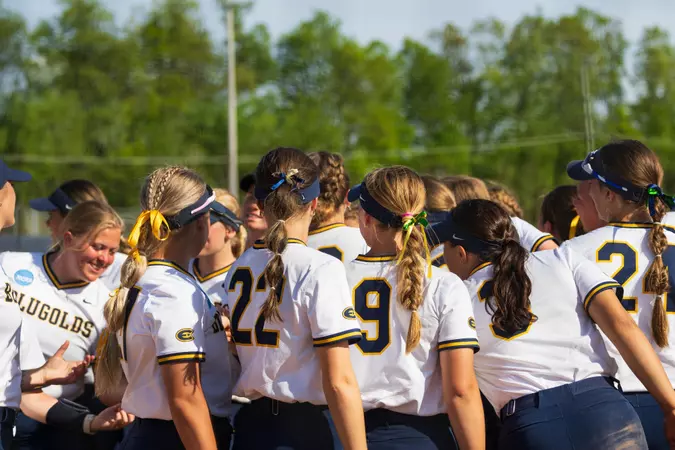
ANGOLA, Ind. – The University of Wisconsin-Eau Claire softball was back in the NCAA Tournament Regionals for the first time since __ on Saturday. UW-Eau Claire held the tough task of upsetting the regional hosts, No. 4 Trine University, to advance to the NCAA Super Regional round. With windy conditions and one of the best pitchers in the country in the circle for the Thunder, the Blugolds fell 9-1 in five innings as their season came to an end.
UW-Eau Claire’s Kenna Strunsee, Molly Marquardt, and Brooklyn Swanepoel were named to the regional’s All-Tournament Team.
The Blugolds finish the 2025 season with a 29-16 overall record, a 7-7 conference record, and a 2-3 postseason record. With an appearance in the regional final, UWEC ended their season as one of the last 32 Division III teams in the NCAA Tournament.
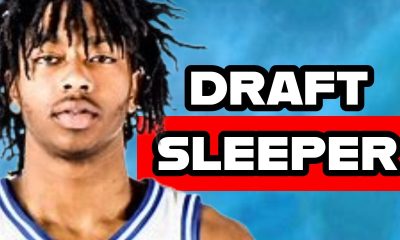

Duke basketball's Isaiah Evans on 2025 NBA Draft early entry list


How to watch Avalanche vs. Stars Game 7 FREE stream today


Web exclusive


Princeton University


2025 NCAA softball bracket: Women’s College World Series scores, schedule


Bowman Gray is the site of NASCAR’S “Advance Auto Parts Night at the Races” this Saturday


2025 Big Ten Softball Tournament Bracket: Updated matchups, scores, schedule


MOTORSPORTS: Three local track set to open this week | Sports


Patty Gasso confirms Sophia Bordi will not finish season with Oklahoma softball


$1.5 Billion Legal Powerhouse Announces Multi-Year NASCAR Deal With Kyle Busch